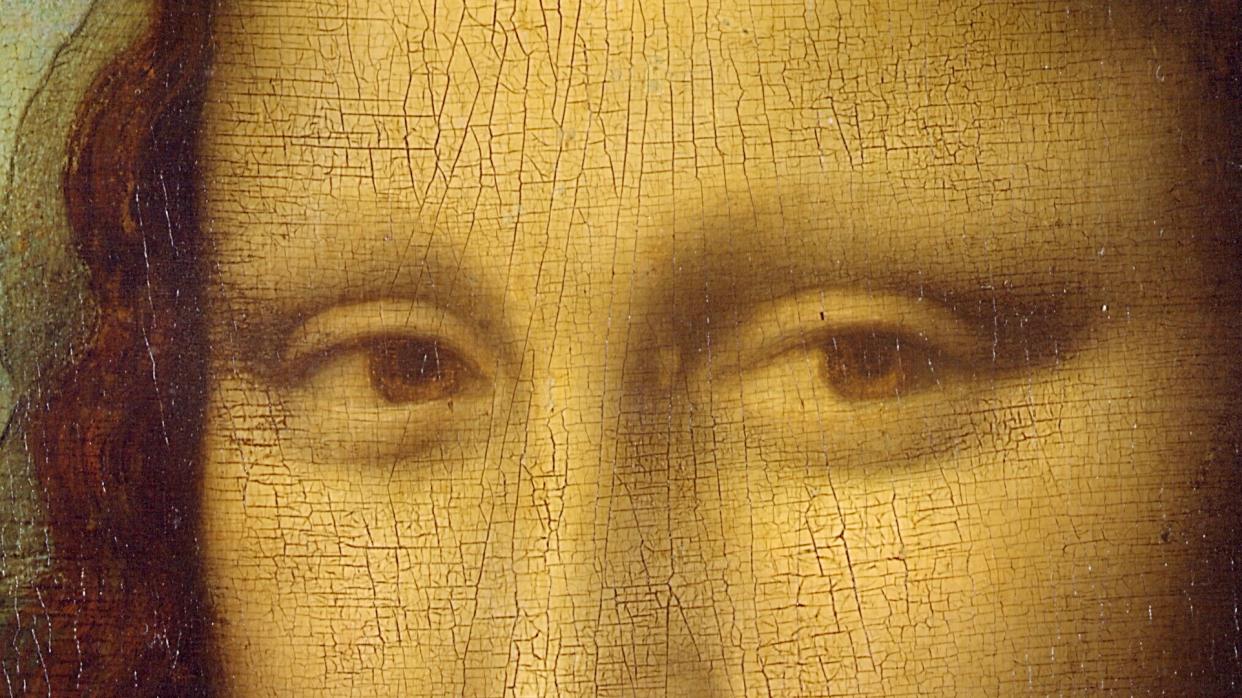Of course that viral Mona Lisa photo was AI generated

We've seen plenty of examples of disturbingly realistic AI-generated imagery over the last year, and it's little wonder that generative models are causing consternation among the art and design community, particularly around questions of ethics and copyright. It can seem like it's getting harder every day to tell what's real and what's AI-generated, which might explain why an "early photo" of Leonardo Da Vinci with his most famous subject, Mona Lisa, has attracted so much attention. Indeed, with the painting completed in 1506, it's an early photo indeed.
Which is to say, it isn't a photo at all. It's AI generated. Because of course it's AI generated. But that hasn't stopped logic appearing to evaporate in comment sections across social media.
A post shared by Lost Found Art (@lostfoundartny)
A photo posted by on
Sure, at a glance it looks pretty photorealistic. There's something uncannily amusing about the whole thing, with Mona Lisa's smile literally mimicking that of the painting (perhaps she really did have a Resting Mona Lisa Face). But the hallmarks of AI are there, including some contorted hands – just look at that painting in the background. Not that giveaways are needed – for the uninitiated, cameras weren't yet a thing in the 1500s (although with iPhones popping up in paintings, who can be sure?).
"In a future far from today (or maybe not that far, judging by some of these comments), real history will be utterly and hopelessly conflated with AI-created history," one Instagram commenter warns, while another adds, "In the future, perhaps a “faked photo” watermark will cool off the comment section and keep people from feeling misled, but dang, I’d sure miss the excitement I felt there for just a minute!"
According to Snopes, the image first appeared on Reddit's r/FakeHistoryPorn page, which sounds about right. But while this is one pretty obvious joke, it's hard to argue with the commenters expressing concern for the future of (mis)information – and with brands from Disney to Pokémon getting called out for the alleged use of AI art, it's clear we'll be seeing a lot more of it over the next few years. The question is whether we'll continue to be able to spot it.

